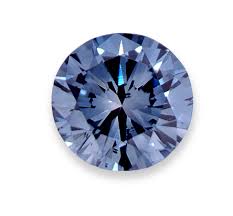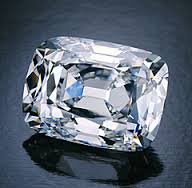For many decades, the DeBeers Corporation funded an ad campaign that was intended to create demand for diamond jewelry, engagement rings in particular, as a symbol of eternal love and beauty. The “Diamonds are Forever” campaign went through many iterations in TV ads and is something baby boomers grew up with.
But, times change. DeBeers no longer controls the 80 to 90 percent of rough diamond supply that they did in the 1980s and before. In fact, the top three diamond producers, DeBeers, Alrosa and Rio Tinto, together control only about 60% of the supply of rough diamonds. DeBeers has opened its own retail operation and now manufactures their own brand diamond named Forevermark, echoing their ad campaigns of decades ago. They run ads for their own brand now, but not to create demand for diamonds generally for the benefit of everyone in the industry.
And now we have the Millenniels. Millenniels are less religious than previous generations and less devoted to the institution of marriage. And it has been marriage that has created demand for diamonds, not only for engagement rings but for births, anniversaries, graduations and maybe even penance.
But it turns out that Millenniels are still interested in buying diamonds. The desire is just more delinked from marriage than it has ever been. And they have a fascination with lab created synthetic diamonds (see my blog posts below) because they are high tech, sustainable, environmentally friendly and conflict free.
So into the void left by DeBeers steps the Diamond Producers Association with “Real is Rare” ads about to hit the air targeting Millenniels. The ads focus on the results of research that shows Millenniels have a desire for real and lasting connections with others but feel that they struggle to make them and feel insecure about the authenticity of those connections. The ads reposition the natural diamond not as a symbol of engagement or marriage but as representative of real and meaningful things, such as relationships that matter and last, whether in marriage or not. Look for the ads








